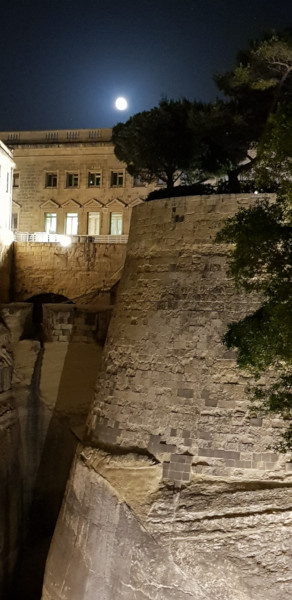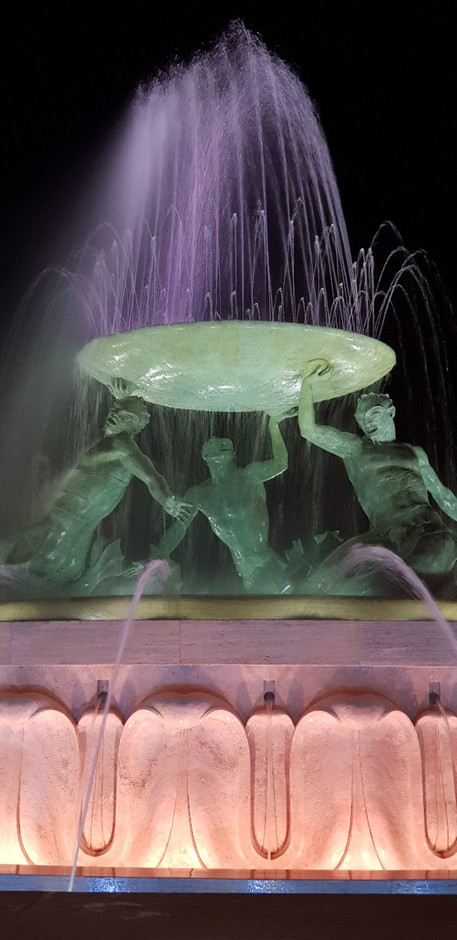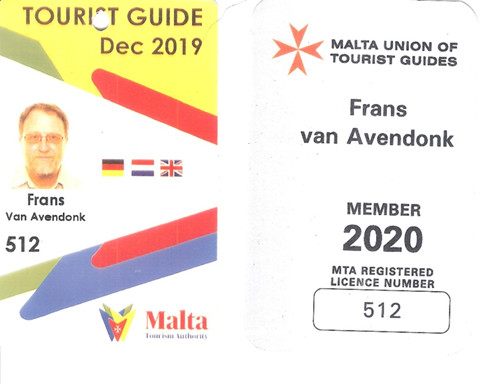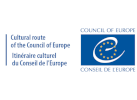1. What year was MUTG established, and where is the headquarters?
Malta Union of Tourist Guides established 1980, in Valletta, Malta. Our current office address is 123a St Christopher Street, Valletta, VLT1461
 Bastion guarding Valletta entrance © MTU
Bastion guarding Valletta entrance © MTU
 Traditional house in Valletta © MTU
Traditional house in Valletta © MTU
2. What is the primary mission/goal of the MUTG?
The aim of the MUTG to protect the collective and individual interest of licensed guides, represent guides with the authorities, promote and encourage the cultural and professional development of its members.
 Triton fountain, Floriana © MTU
Triton fountain, Floriana © MTU
 Traditional dress at artisan market, Gozo © MTU
Traditional dress at artisan market, Gozo © MTU










